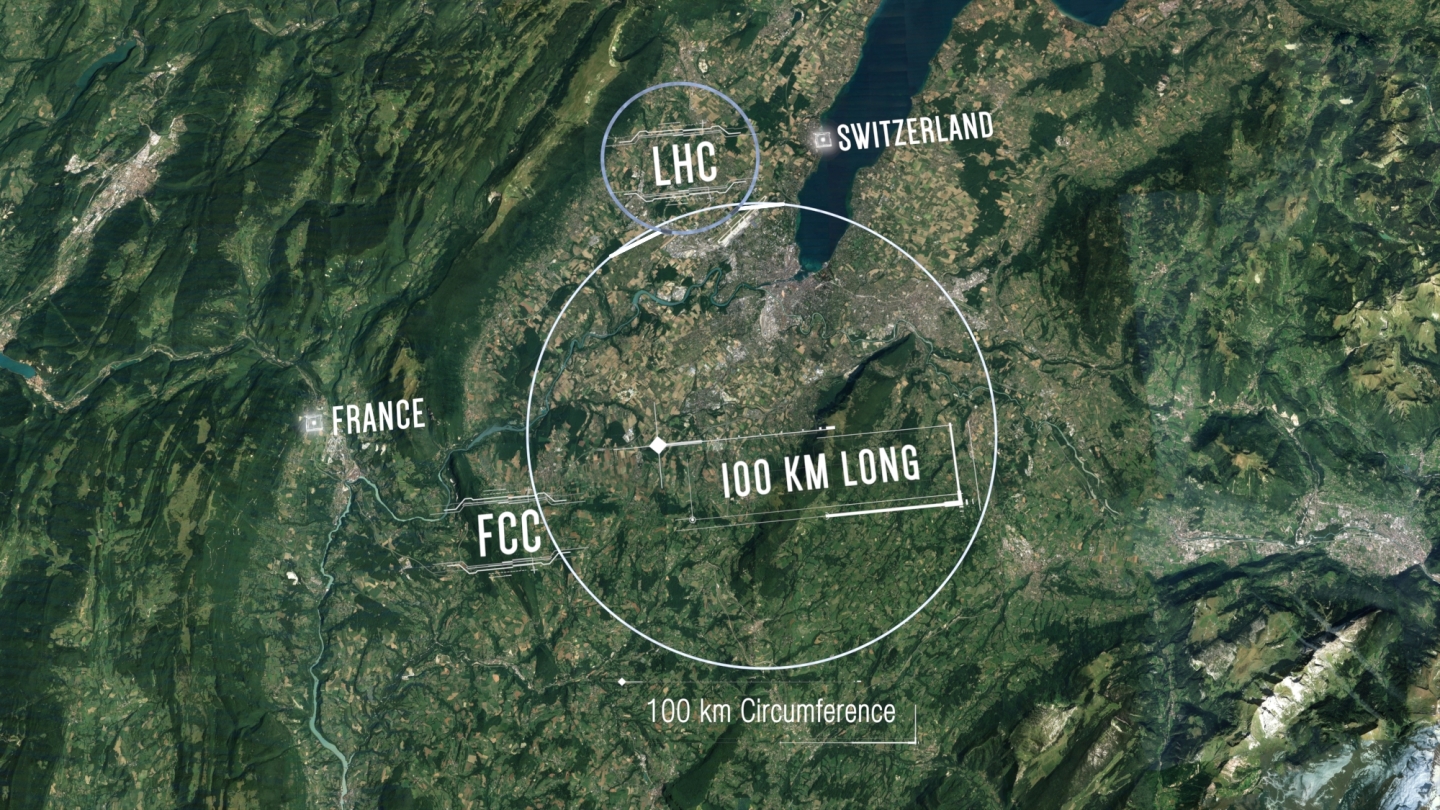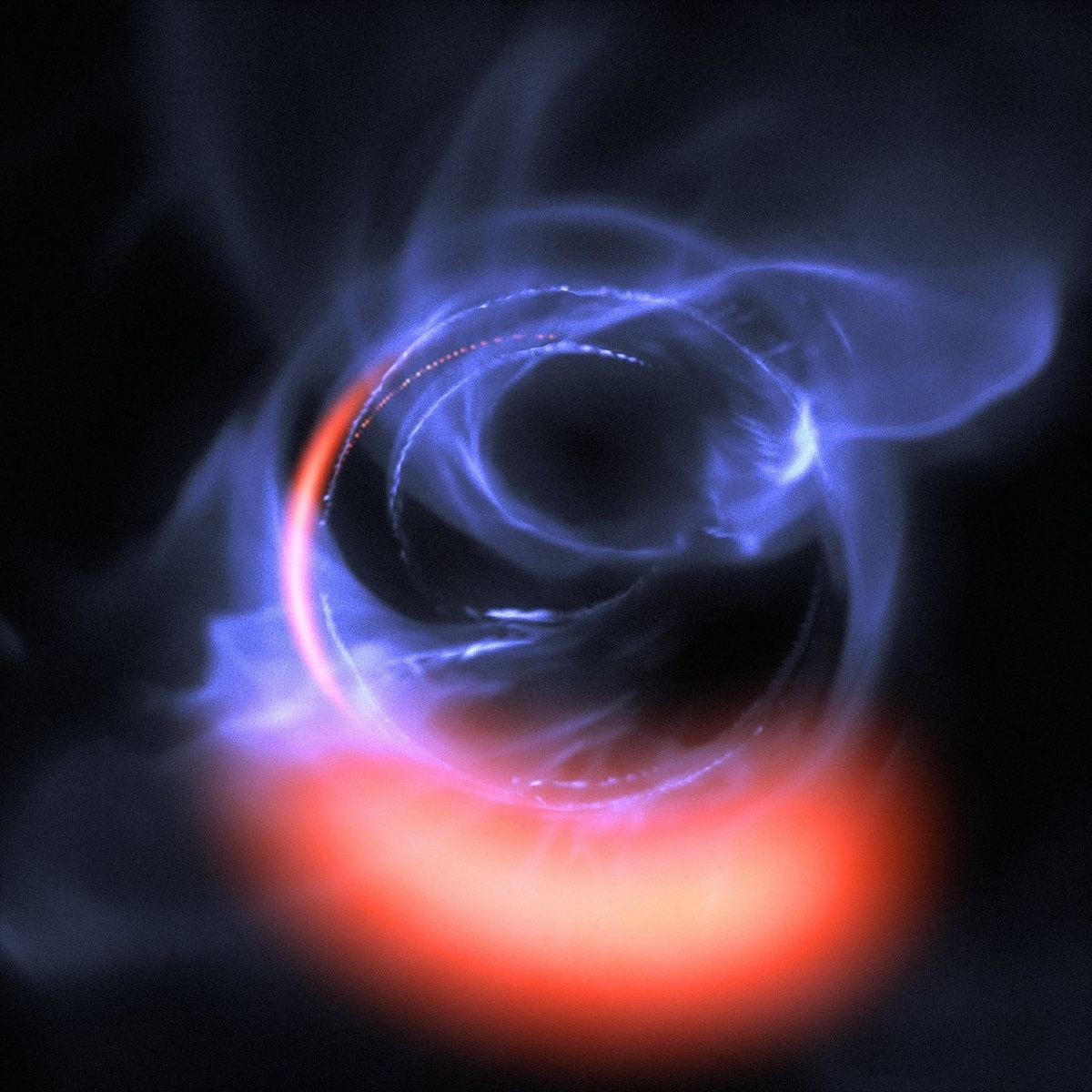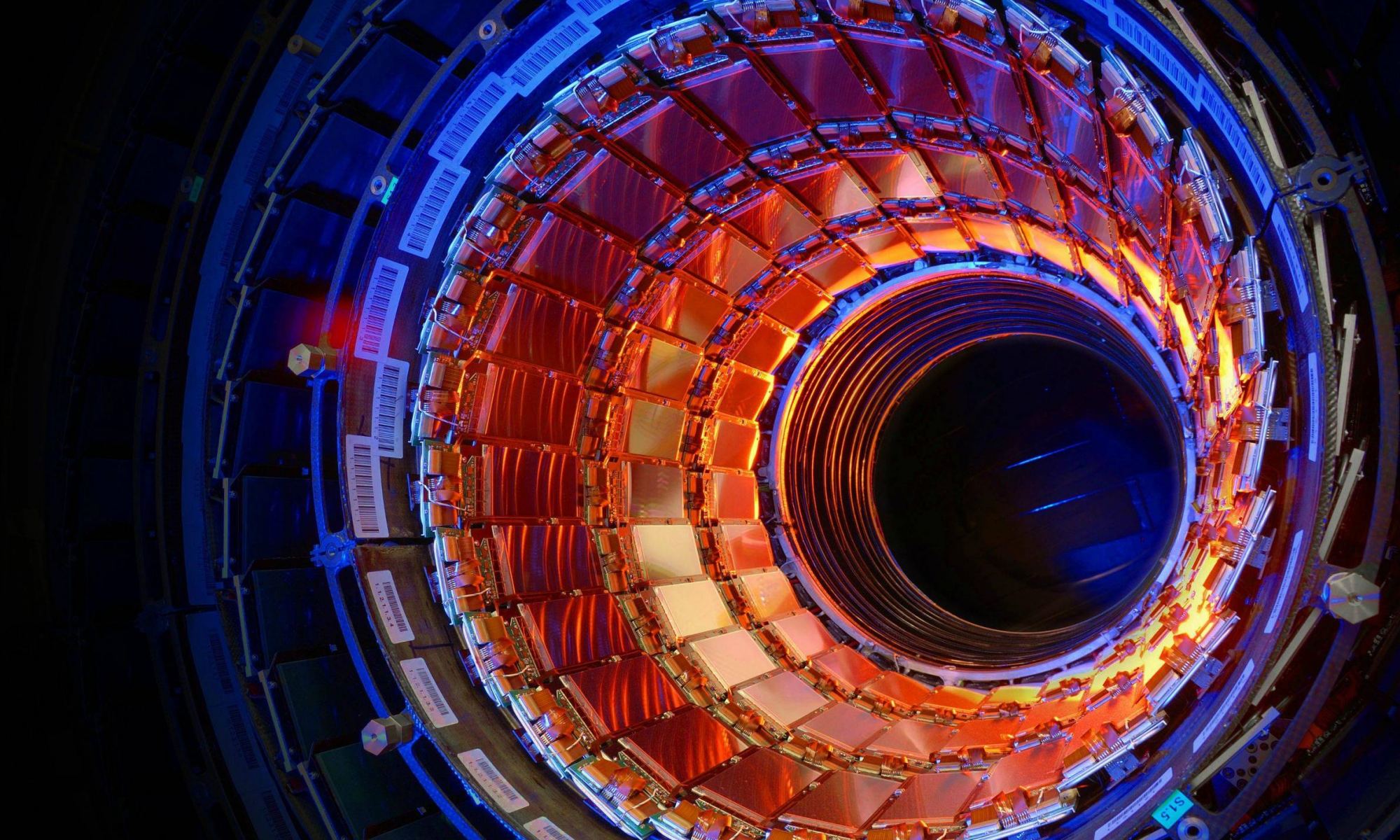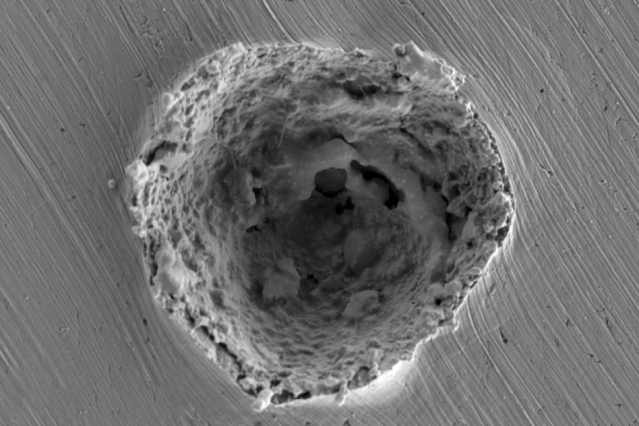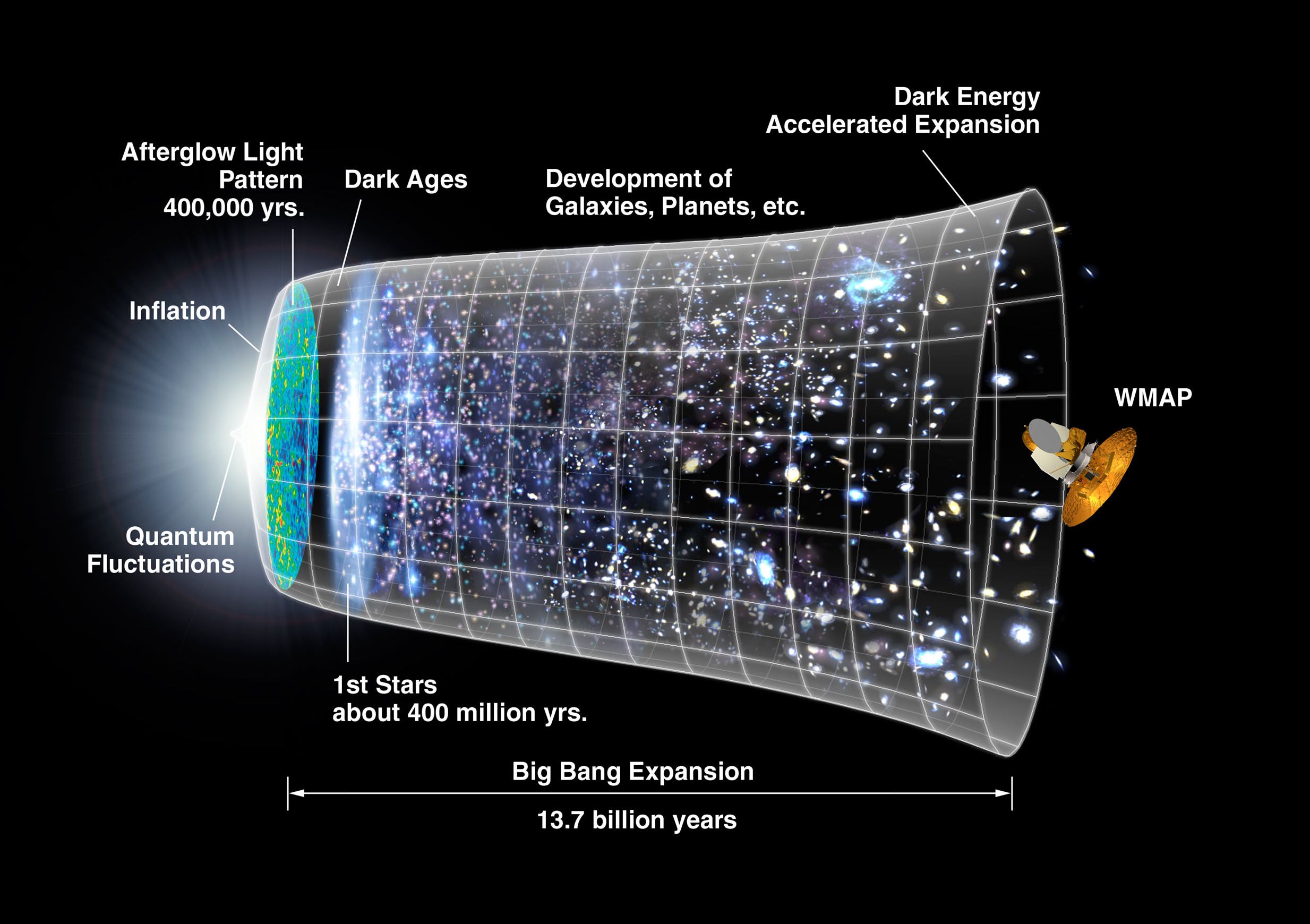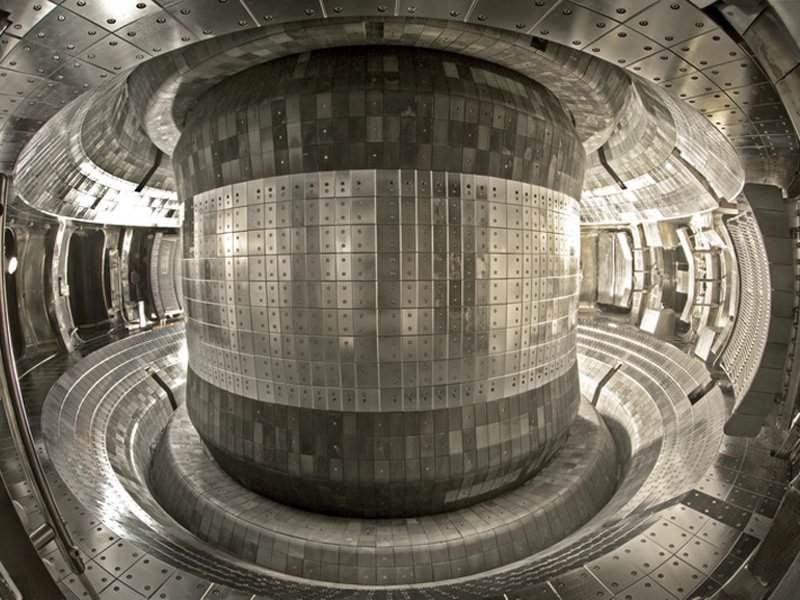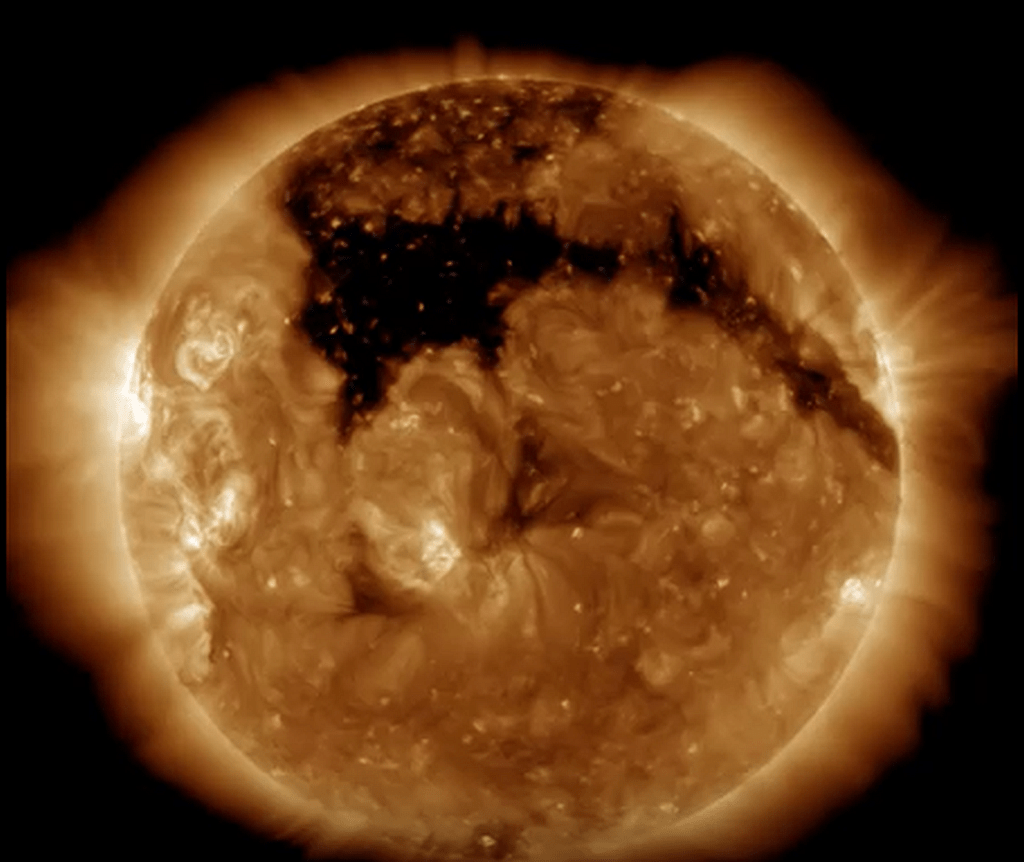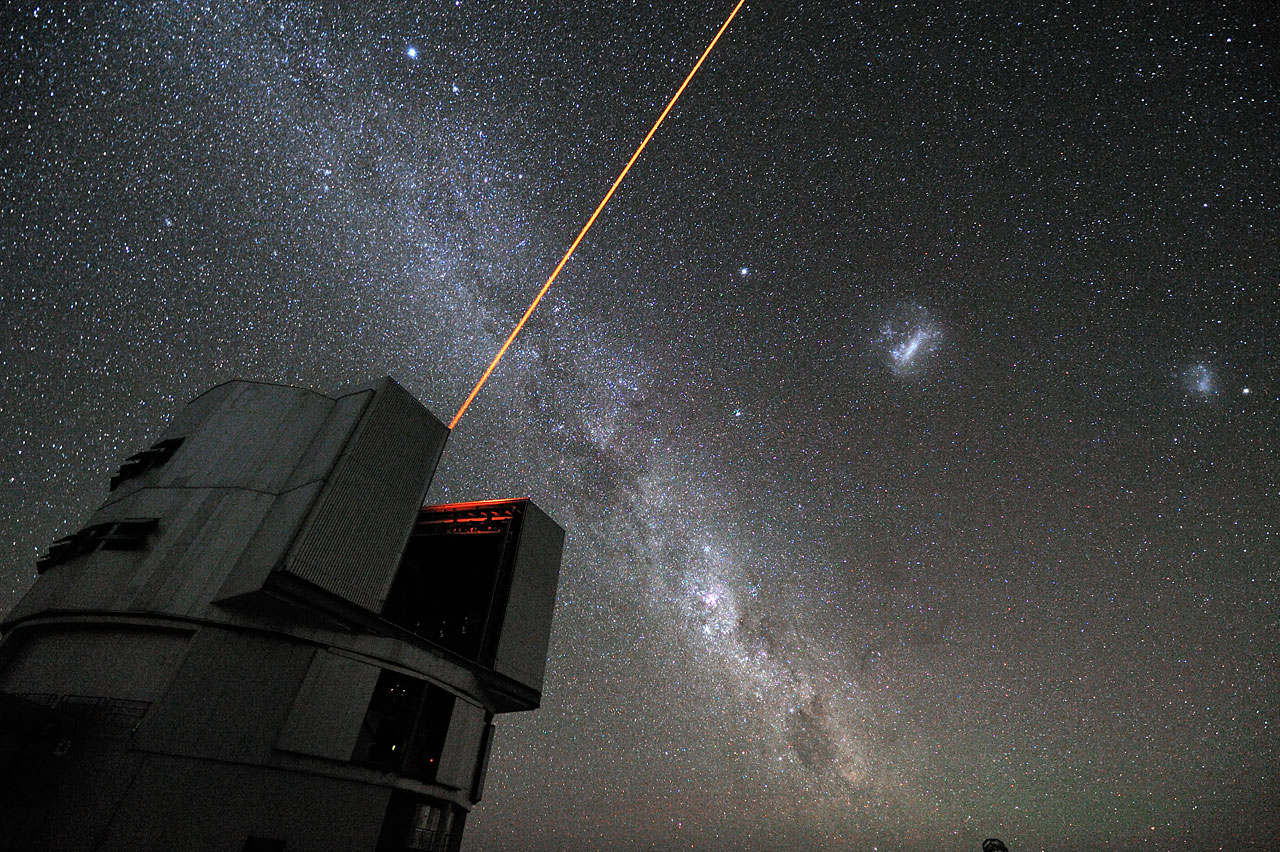We’ve got a mystery on our hands. The surface of the sun has a temperature of about 6,000 Kelvin – hot enough to make it glow bright, hot white. But the surface of the sun is not its last later, just like the surface of the Earth is not its outermost layer. The sun has a thin but extended atmosphere called the corona. And that corona has a temperature of a few million Kelvin.
How does the corona have such a higher temperature than the surface?
Like I said, a mystery.
Continue reading “How The Sun’s Scorching Corona Stays So Hot”

